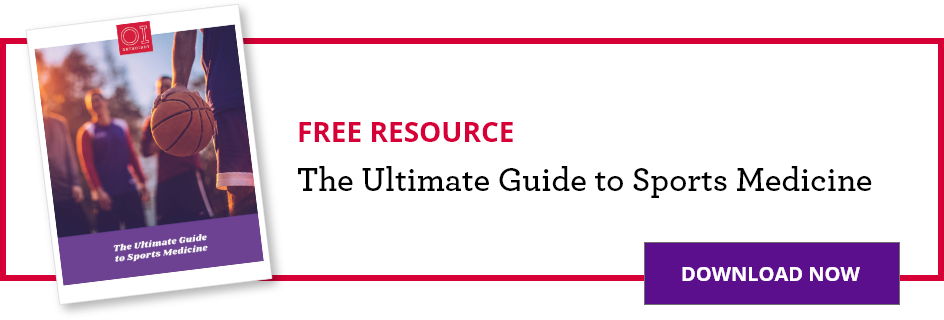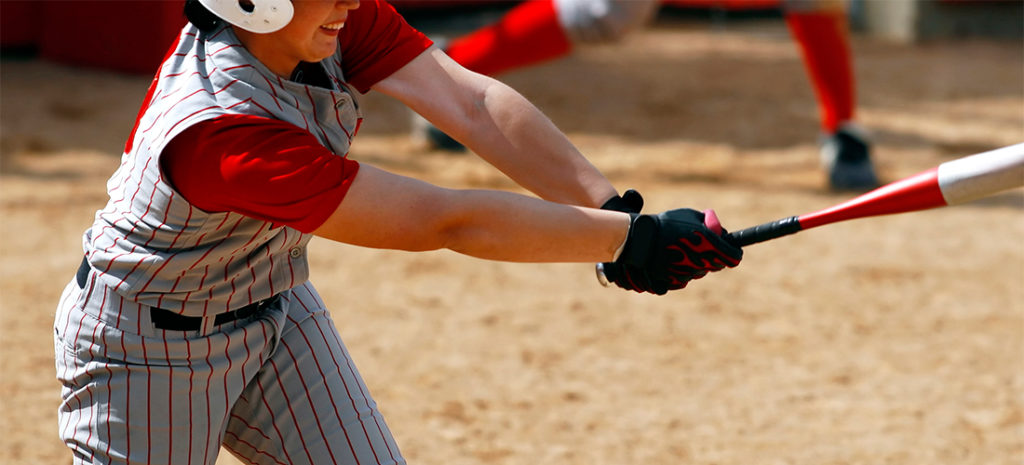THIS POST IS PART OF THE ULTIMATE GUIDE TO SPORTS MEDICINE
The term patellofemoral pain syndrome is used to describe knee pain in the front of the knee and around the patella (kneecap). It is common in people who participate in sports and is sometimes called runner’s knee; however, it commonly occurs in non-athletes as well.
Anatomy
Patellofemoral syndrome occurs when nerves sense pain in the soft tissues and bones around the kneecap. These soft tissues include the tendons, the fat pad (tissue beneath the patella) and the synovial tissue that lines the knee joint.
In some cases a condition called chondromalacia patella is present. Chondromalacia patella is the softening and breakdown of the articular cartilage on the underside of the kneecap. There are no nerves in articular cartilage, so damage to the cartilage itself cannot directly cause pain; however, it can lead to inflammation of the synovium and pain in the underlying bone.
Causes of patellofemoral pain syndrome
Many times patellofemoral pain syndrome is caused by physical activities that put repeated stress on the knee. These overuse activities include:
- Running
- Squatting
- Climbing stairs
It can also be caused by a change in frequency of activity, improper use of equipment or a change in footwear.
Patellar malalignment can also cause patellofemoral syndrome. This occurs when the kneecap is pushed out to one side of the groove when the knee is bent. This causes increased pressure in the back of the kneecap and irritates the soft tissues. However, it is important to understand that patellar malalignment and patellofemoral pain syndrome are not the same.

Patellofemoral syndrome symptoms
- Pain after sitting for a long period of time with knees bent
- Pain during exercise and activities that require repeatedly bending the knee
- Pain after a change in activity level or intensity
- Popping or crackling sounds in the knee
Physician examination
Your physician will ask you for a complete medical history, have you describe your symptoms and how the injury occurred, and conduct a physical examination. An X-ray or MRI may be necessary to rule out other problems.
OrthoIndy is proud to be the official orthopedic provider of the Indiana Pacers. Make an appointment with a knee specialist at OrthoIndy.
What helps patellofemoral pain syndrome?
In most cases symptoms will improve with home treatment. Including:
- Activity modification
- Rest
- Ice
- Compression
- Elevation
- Non-steroidal anti-inflammatory drugs
Nonsurgical treatment options include
- Physical therapy
- Orthotics
- Bracing
Surgical treatment for is usually not performed and only necessary if your physician cannot determine the cause of your pain.
Prevention
Maintaining appropriate conditioning of the muscles around the knee, particularly the quadriceps and the hamstrings, can prevent patellofemoral syndrome. Additionally, wearing appropriate shoes, warming up, stretching, a gradual increase in activity, reducing activity that causes pain and maintaining a healthy body weight can help prevent patellofemoral pain.
Learn more about having knee pain treated at OrthoIndy.
Schedule an appointment
Your well-being is important to us. Click the button below or call us to schedule an appointment with one of our orthopedic specialists. If your injury or condition is recent, you can walk right into one of our OrthoIndy Urgent Care locations for immediate care. For rehabilitation and physical therapy, no referral is needed to see one of our physical therapists.





